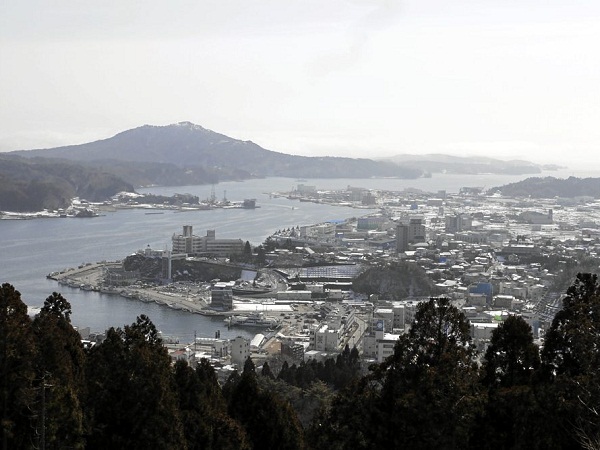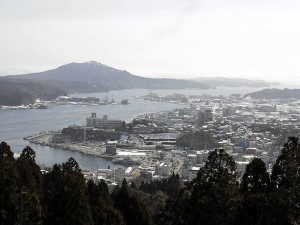
TOKYO, JAPAN—“The Japanese government has been heavily criticized for the Fukushima Daiichi Nuclear Power Plant. But has anyone ever thought of telling the story of the positive contribution of technology to the disaster?” said filmmaker Hiroshi Nakazawa.
Nakazawa was one of six directors selected by Discovery Channel Japan to do unique documentaries on the 2011 Tohoku Earthquake, in time for the earthquake’s first anniversary on March 11. The TV documentary series, collectively called “Rebuilding Japan,” premieres March 5 in Asia. Nakazawa focused on Japan’s bullet-train technology.
“Rebuilding Japan: Super Trains” is about the sophisticated technology behind Japan’s “arteries,” the bullet-train network that was amazingly left unscathed in one of country’s strongest earthquakes. About 15,000 people travel on the Shinkansen line at any given time.
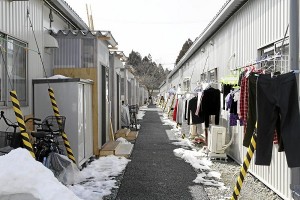
“If you have a train speeding at 300 km/hour and there are tremors, that can only spell disaster. This is a story of how technology protected the lives of the people on the train that day,” Nakazawa said.
When the earthquake happened, the bullet trains in that region automatically came to a full stop a good 70 seconds before the earthquake happened. In fact, he said, there has been no bullet-train casualties in Japan for the past 50 years.
Restoration
Filmmaker Hideyuki Tokigawa knows what a tsunami feels like. He was in Phuket when the tsunami hit Thailand on Dec. 26, 2004. As one of the directors tapped by Discovery Channel Japan, Tokigawa chose to document the heroic restoration and recovery of photos washed away to the sea by the tsunami.
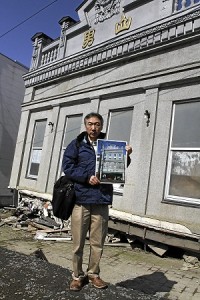
“Photos from the Sea” is a story on how a university professor jumpstarted the plan to search for thousands of photographs lost during the disaster. The photos, many caked in mud and discolored, have been restored to their original color and backed up digitally by a team of volunteers.
For three months, from September to December, every weekend, up to 50 volunteers search the affected areas for pictures. Around 20,000 photographs have been recovered, with about 20-30 percent already returned to its owners.
“There must be a way to help them preserve their wonderful memories,” said Munemasa Takaheshi, one of the student volunteers. “There must be something these photographs can do.”
With characteristic resiliency, the Japanese have gotten on with their lives after the disaster. “My home was completely destroyed,” said Mikiko Saito, a 53-year-old café shop owner/operator. “It took me three days before I finally went back to check my house.”
Saito witnessed from the elevated evacuation center how the sea swallowed her home. Her café was completely washed away. Last Dec. 10, she was finally able to reopen a café and begin rebuilding her life.
Her eyes lighten up when she talks about her business. She tries not to dwell so much on what she lost, and chooses instead to look forward.
Almost a year after the March 11 destruction, survivor Sakai Masayuki, 60, chairs the residents’ committee of temporary shelters for tsunami survivors. He is in charge of security and occasionally helps settle disputes. Eighty-two dislocated families are under his supervision. A total of 4,000 families live in temporary shelters.
Lucky
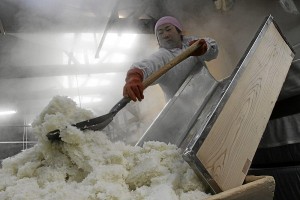
Restaurant-owner Yoshida Keiichi, 42, was lucky. When he heard the first tsunami siren, he and his staff of waiters and cooks dropped everything and drove straight to the evacuation center. Even luckier for him, the tsunami stopped just a few kilometers from where he lived.
Keiichi refuses to pack and leave town. He insists on staying and teaching the lessons he learned from the tsunami to the next generation.
Keiichi is now involved in rebuilding the community, and helping those who lost lives, homes and work to find their place in the community.
A mayor who lost his wife in the disaster is taking on the ambitious task of rebuilding a city swept completely away by the tsunami. Mayor Futoshi Toba put together a team to design a cutting-edge solution to save the city from the devastating loss. His vision and his story are the subject of Shiro Toma’s “Dreaming of Utopia.”
“Return of the K-Cars,” by Takahiro Sato is a look into how a northeast city in Japan is making a comeback by racing small-engine, thrifty family cars known as K-Cars. A home track near Sendai was about to debut its first race when the earthquake smashed all their dreams.
Meantime, in Kasennuma, the home of a sake brewery, a factory resumes operation in the ruins to show people that life—and old traditions—go on.
Naho Shimazu’s “The Seaweed Makers” highlights Japan’s seaweed-growing community, which refused to give up even after the tsunami devastated their fleet.
“We feel it is important for the world to know how Japan has been dealing with this hard situation,” said Discovery Channel Japan president and representative director James Gibbons.
“I think what we are doing is helping Japan heal, one memory at a time,” said volunteer Takaheshi. “To help you remember that there is still something good to hope for.”

